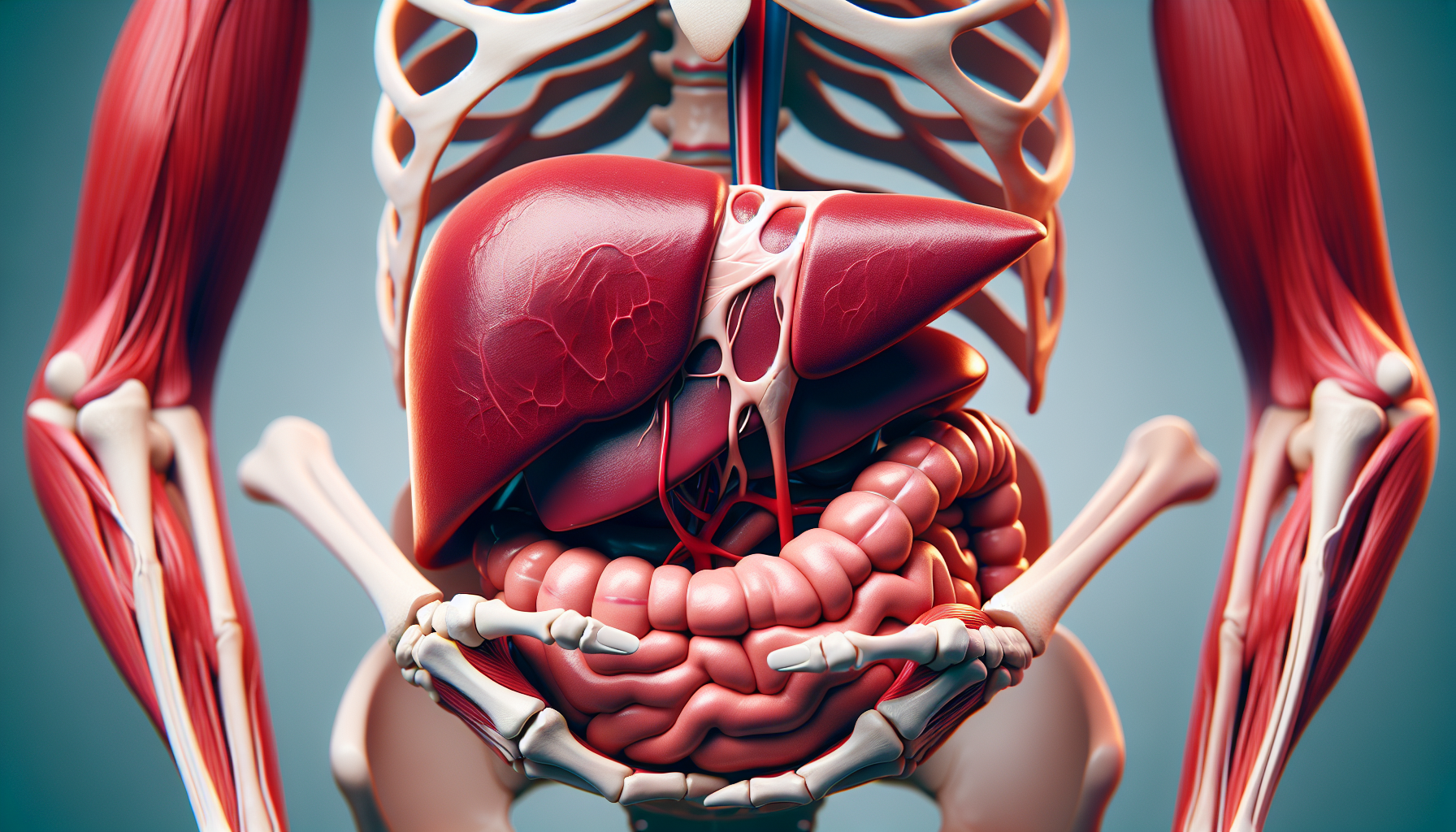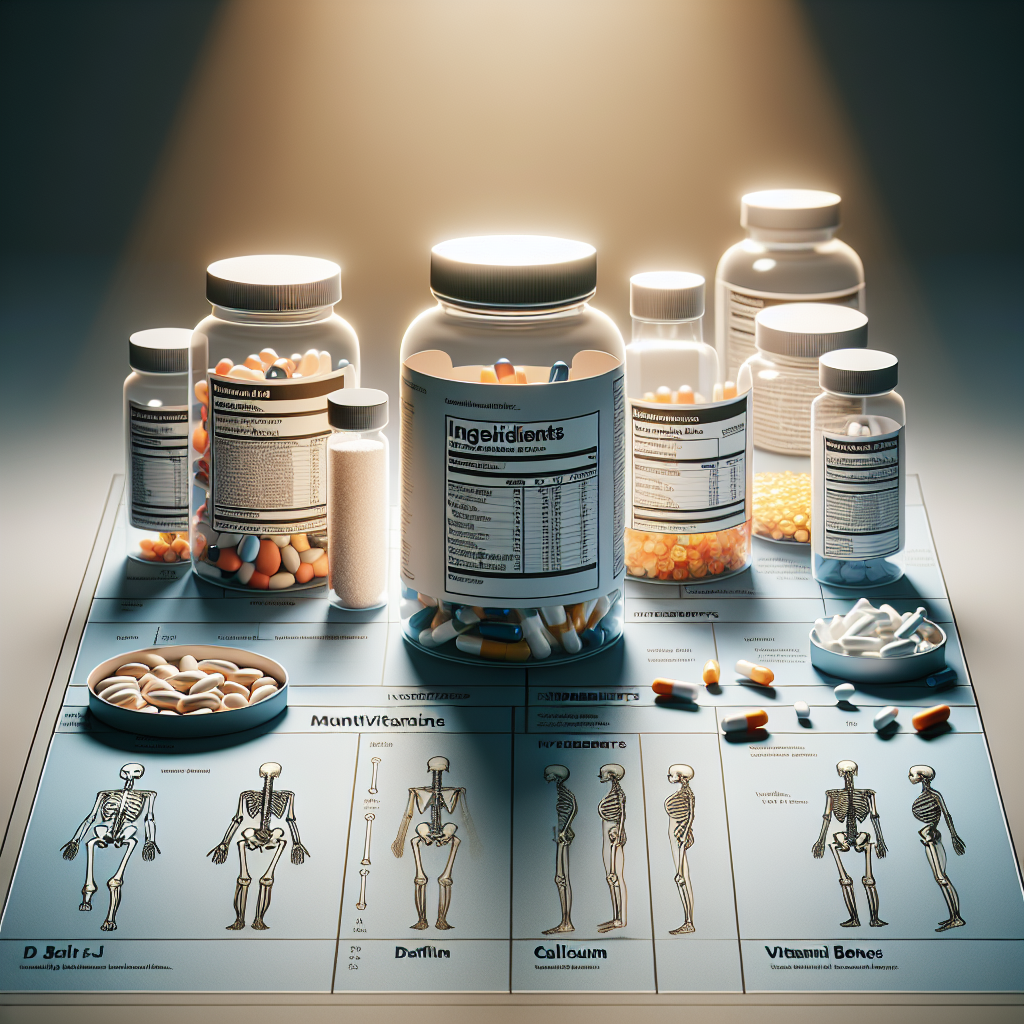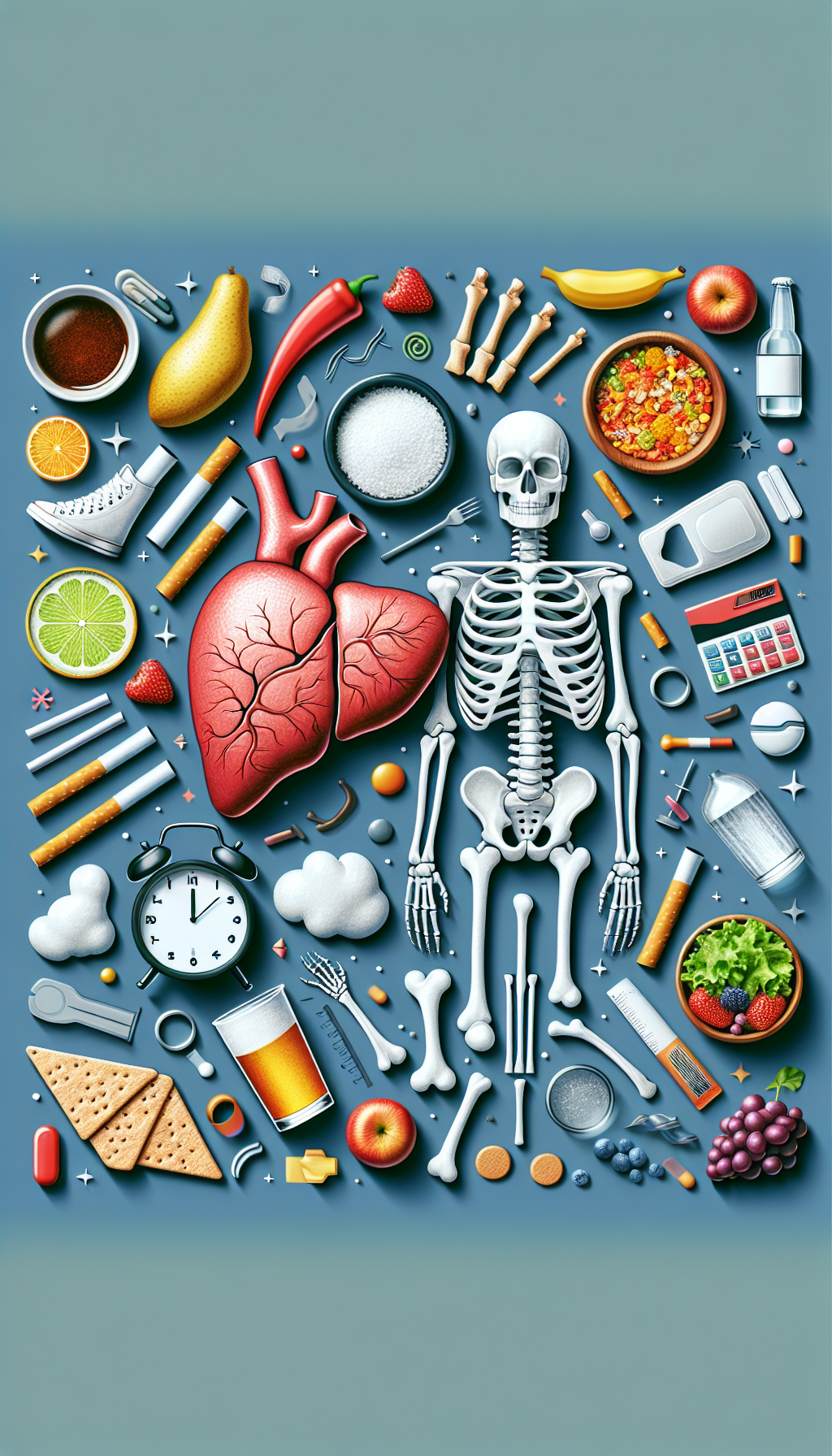Chronic liver disease (CLD) is a pervasive health issue that can have far-reaching effects beyond the liver itself. One of the lesser-known but significant impacts of CLD is on bone health. The liver plays a crucial role in various metabolic processes, including those related to bone turnover and mineralization. Consequently, liver dysfunction can lead to bone diseases such as osteoporosis and an increased risk of fractures. This article aims to elucidate the complex relationship between chronic liver disease and bone health, providing insights into mechanisms of disease, prevention strategies, and management approaches.
Understanding Bone Health and Chronic Liver Disease
Bone health is a critical aspect of overall wellbeing, influenced by a variety of factors including nutrition, physical activity, and underlying health conditions. The liver contributes to maintaining bone health through the regulation of vitamin D metabolism, which is essential for calcium absorption, and the synthesis of proteins like albumin and clotting factors that are necessary for normal bone formation and repair.
Patients with chronic liver disease often experience compromised bone health due to malabsorption of essential nutrients, altered metabolism, and hormonal imbalances. The prevalence of osteopenia and osteoporosis in these individuals is significantly higher than in the general population, making bone health a priority in the management of CLD.
The Role of Vitamin D in Bone Health
Vitamin D plays a pivotal role in calcium homeostasis and bone metabolism. The liver is responsible for the conversion of vitamin D into its active form. In the context of CLD, this conversion can be impaired, leading to vitamin D deficiency and subsequent bone health issues.
For more information on bone health and its importance, you can visit Avix Health’s dedicated page on bone health.
The Impact of CLD on Calcium and Phosphorus Balance
Calcium and phosphorus are essential minerals for bone strength and structure. CLD can disrupt the balance of these minerals, leading to bone demineralization and a predisposition to fractures. This imbalance is often exacerbated by dietary restrictions and the use of medications that bind phosphate, which are common among patients with liver disease.
Mechanisms Linking Chronic Liver Disease and Bone Disorders
Several mechanisms contribute to the development of bone disorders in patients with chronic liver disease:
-
Hepatic Osteodystrophy: This term encompasses the bone disorders associated with CLD, primarily osteoporosis and osteomalacia. It is characterized by a decrease in bone mass and an alteration in bone structure.
-
Secondary Hyperparathyroidism: As the diseased liver fails to activate vitamin D properly, it leads to a decrease in calcium absorption from the gut, which in turn can result in secondary hyperparathyroidism. This condition further accelerates bone loss.
-
Direct Impact of Liver Disease: Certain liver diseases, such as cholestatic liver disease, directly affect bone cells and their function, leading to bone loss.
-
Lifestyle Factors: Many individuals with CLD may lead sedentary lifestyles due to fatigue and ill health, which can result in reduced bone density over time.
Prevention and Management of Bone Disease in CLD
Preventing and managing bone disease in the context of chronic liver disease involves a multifaceted approach:
-
Nutritional Support: Ensuring adequate intake of calcium and vitamin D is essential. This may involve dietary changes and supplementation.
-
Physical Activity: Engaging in weight-bearing exercises can help maintain bone density.
-
Medication Management: Bisphosphonates and other medications may be used to prevent and treat bone loss, though their use in CLD patients requires careful consideration.
-
Monitoring: Regular bone density scans can help detect changes in bone health early and guide treatment decisions.
For additional insights on dietary strategies to improve bone health, consider reading this Avix Health article on dietary strategies to improve bone mineral density.
Addressing Vitamin D Deficiency
Vitamin D supplementation is often necessary for patients with CLD. The endocrine function of the liver is crucial for the activation of vitamin D, and without a functioning liver, patients may require higher doses of vitamin D to maintain bone health.
Medications and Liver Disease Considerations
Certain osteoporosis medications may have hepatic metabolism or other considerations that require adjustment in CLD. It is vital to consult a hepatologist or a specialist who understands the complexities of CLD when managing bone health medications.
Research and Emerging Therapies
Research continues to explore the link between chronic liver disease and bone health. Emerging therapies are focusing on the molecular pathways affected by liver dysfunction that lead to bone loss. This includes the development of targeted treatments that can help prevent bone disease without exacerbating liver conditions.
For further reading on the impact of chronic conditions on bone health, the article “The Impact of Menstrual Irregularities on Bone Health” provides a related perspective.
Conclusion
Chronic liver disease has significant implications for bone health. Understanding the intricate relationship between these two aspects of health is critical for effective prevention and management. With proper nutritional support, lifestyle modifications, and targeted therapy, it is possible to mitigate the impact of CLD on bones, enhancing both longevity and quality of life for affected individuals.
For those interested in exploring the subject further, consider these highly specific external resources that delve into the nuances of the topic:
- National Institute of Diabetes and Digestive and Kidney Diseases (NIDDK) – Liver Disease
- American Society for Bone and Mineral Research (ASBMR)
- International Osteoporosis Foundation (IOF)
- European Association for the Study of the Liver (EASL)
These resources offer valuable information on the latest research, treatment guidelines, and educational material on liver health and bone health interactions.



